The modern cerebral horror film — the new Kubrick-ripoff, scary-but-artsy genre — would be interesting if not for its own limitations. Almost interesting is a good way to describe A24’s “The Killing of a Sacred Deer,” and maybe A24 in general. This and “Lady Bird,” their two latest films, roughly fit this description, although I must make a distinction: There is something much less frustrating about “Lady Bird.”
Admittedly, I went into “Lady Bird” prejudiced from the trailers: I expected to more or less hate it (probably only because deep down I knew that if I saw the same trailer five years ago I would have thought it looked incredible). But I left the theater (maybe blindsided and manipulated, but still) thinking that you would have to be kind of heartless not to think the film was at least sweet.
Unlike “The Killing of a Sacred Deer,” I do not feel like “Lady Bird” is trying to be much more than what it is. I’m sure there’s an argument against this, and the film might be too fresh on my mind — for example, someone might say that the film thinks it’s being very complex and deep while being mostly conventional and riddled with clichés. This all might be fair; the music cues are often too much and too obvious, and the style is that of a fairly typical Hollywood coming-of-age movie. But I think it would be a mistake to think writer/director Greta Gerwig, who is deeply associated with the truly indie/mumblecore side of film, is not in some way aware of this. I think it would even be a mistake to think the film isn’t sincere, despite its conventions.
What “Sacred Deer” wants to be is more apparent than what it is. The film is, above all, inconsistent and disjointed, but a lot of its mistakes are hidden behind its “weirdness.” I put weirdness in quotes because I do not think this film is actually very weird at all. At moments, it actually seems expressly designed to make one think “Wow. What is wrong with this unhinged movie?”
Like “The Lobster,” director Yorgos Lanthimo’s previous film, “Sacred Deer,” falls victim to its own “weirdness,” its relentless stylization. In both films, Lanthimo stays loyal to a certain set of stylistic quirks with the strictness of Wes Anderson. This is admittedly far more suffocating in “The Lobster” than it ends up being in “Sacred Deer” — but “Sacred Deer” doesn’t seem to be aware that its best moments are when it deviates from these limiting, ultimately empty stylizations.
One frustrating staple of Lanthimo’s stylization is the ever-present monotone, colorless line-reading. It becomes hard to see how exactly this device serves the film beyond being weird in and of itself. The only explanation for it seems to be the obvious, metaphorical kind of stylistic construction that is more intellectually pleasing (in the bad way) than effective: That it contributes to a sterile, emotionless, fear-filled world. This would be fine if it actually did that, or if Lanthimo created any kind of consistent world at all.
Instead, “Sacred Deer” is unintentionally confused — oscillating awkwardly at moments between weirdness and humor, between emptiness and emotion, to little or no effect. Along with the cheesy persistence of the dry, monotone line-reading, there is a similar cheesiness to the persistent screeching Creepy™ dissonance on the soundtrack. Almost every other scene is scored with this “unsettling” dissonant string noise, and by halfway through the film, the device has lost all effect. Similarly, almost every other shot is a slow, creeping, zoom-in — even before the halfway mark of the film this method manages to completely negate the film’s desired creepiness, becoming a parody of itself.
That is not to say nothing redeems “The Killing of a Sacred Deer.” Barry Keoghan’s performance is so strong, so fun to watch, that he convinced me for more than half the movie that the film was going to move in an entirely different, more interesting direction. And Colin Farrell’s performance, when his character does show desperation and fear (which feels out-of-place and kind of mystifying, in context), should not go unpraised. While Farrell is given chances in these rare bursts of emotion, Nicole Kidman’s talents are suffocated beneath the flatness and staleness of her character.
The final living room scene is also genuinely creepy as a stand-alone scene, maybe thanks to Farrell, or maybe thanks to Keoghan’s monologues, which although probably stilted on paper, are transformed by his performance. All this said, the overall awkwardness and stiltedness of the film overshadows the glimmers of success. What is so frustrating about a film like this is that it feels compelled to stay loyal to superficial quirks and “cool” stylistic decisions which end up actually stifling its potential.
The problem with this film, and with a lot of A24 films, is that they put a superficial level of appearing “interesting” before actually doing anything interesting. Stylization for its own sake can become as bad as dogma, and the “purpose” of a stylistic choice can be forgotten or intellectualized. It is key to watch for these “intellectualized” films, which might actually be less sincere than your average blockbuster.







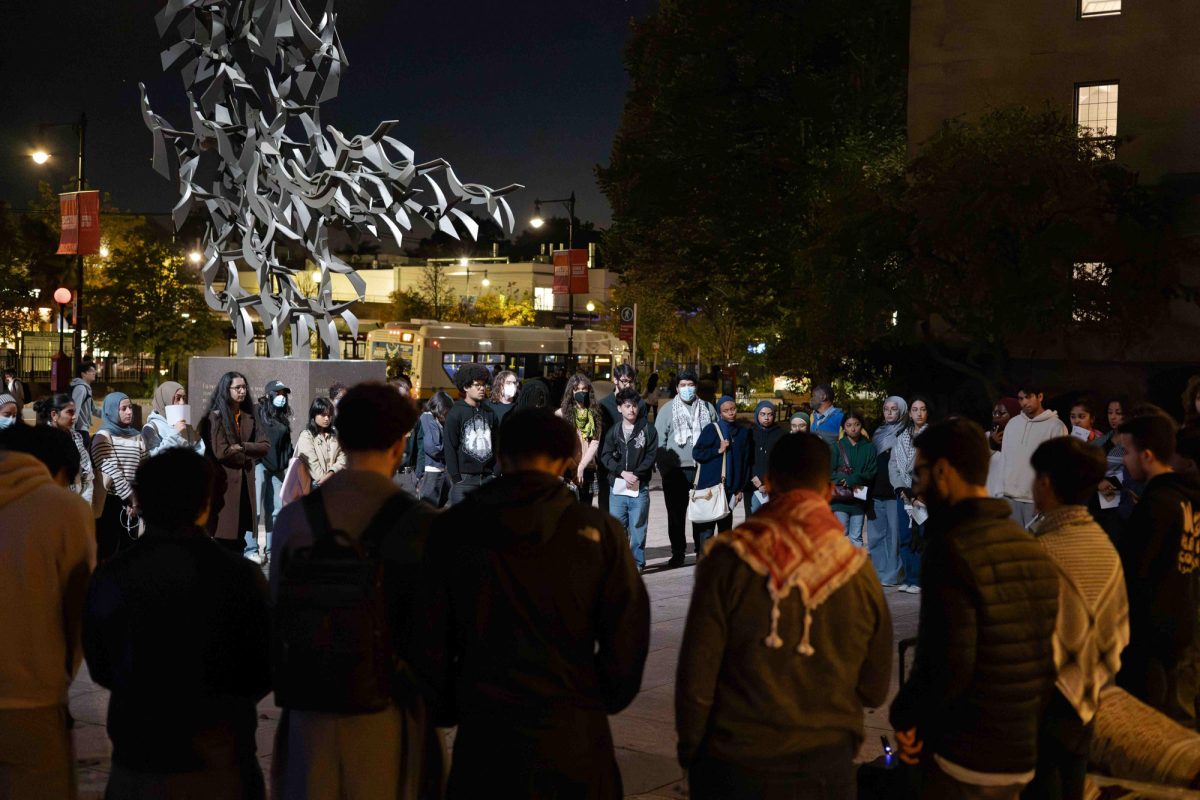

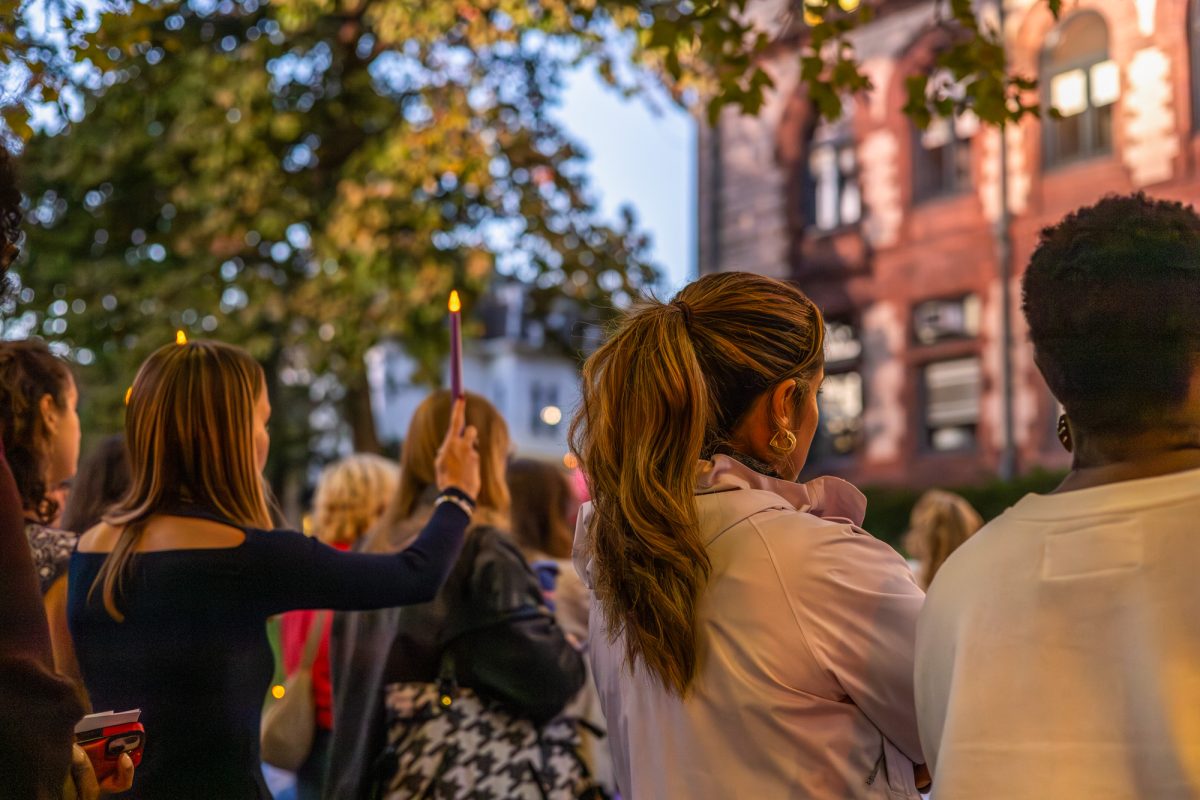







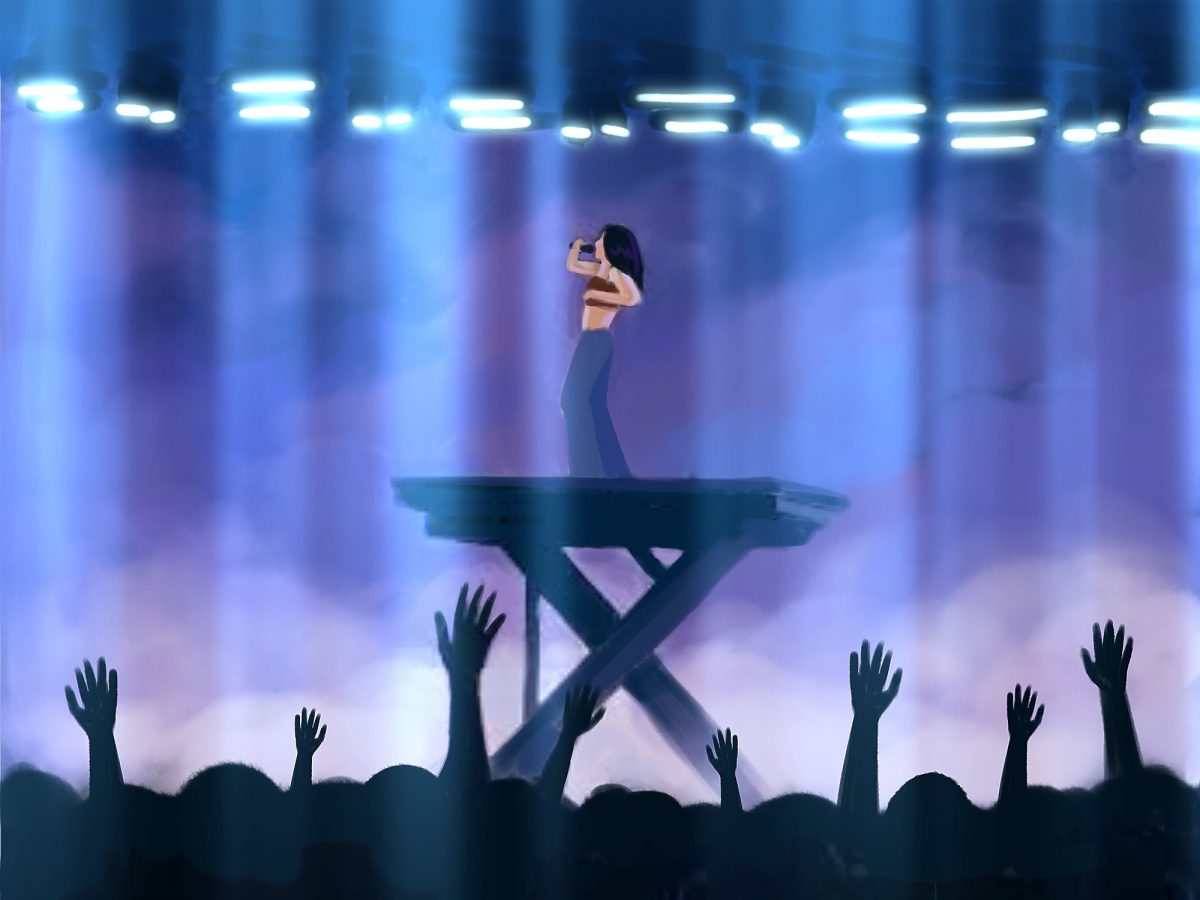






















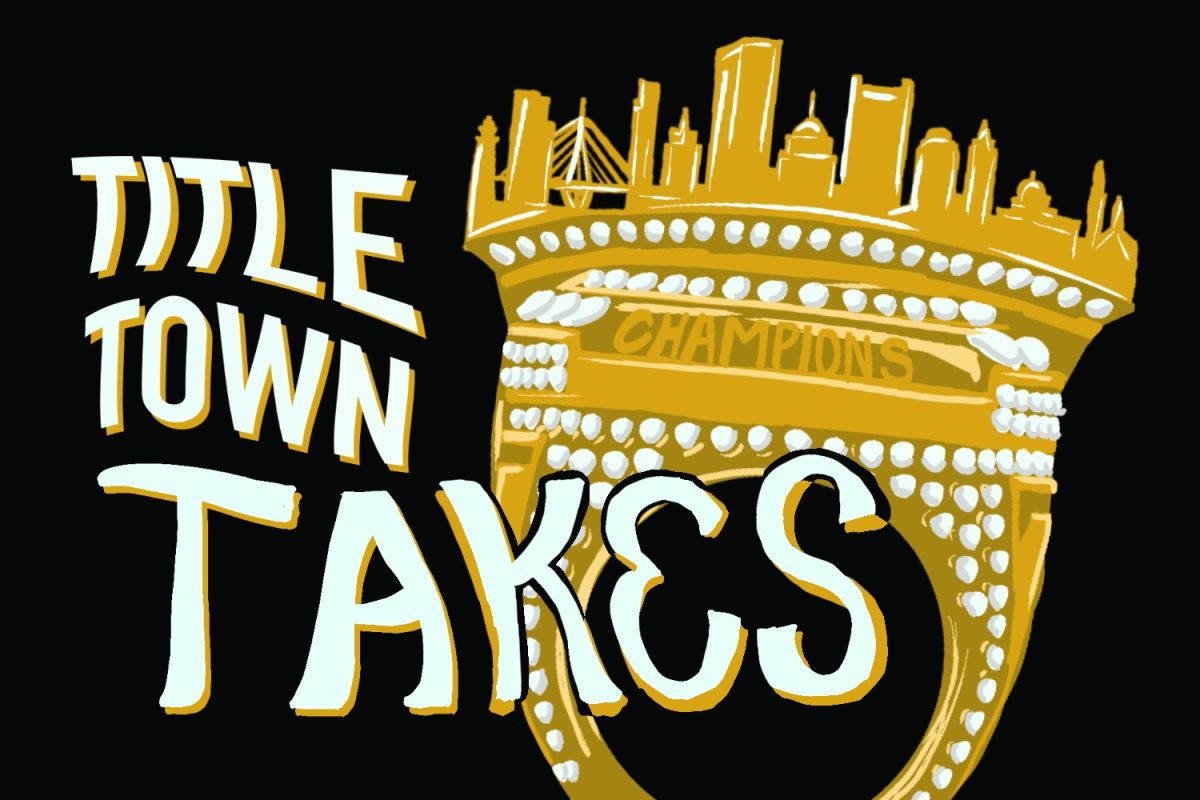
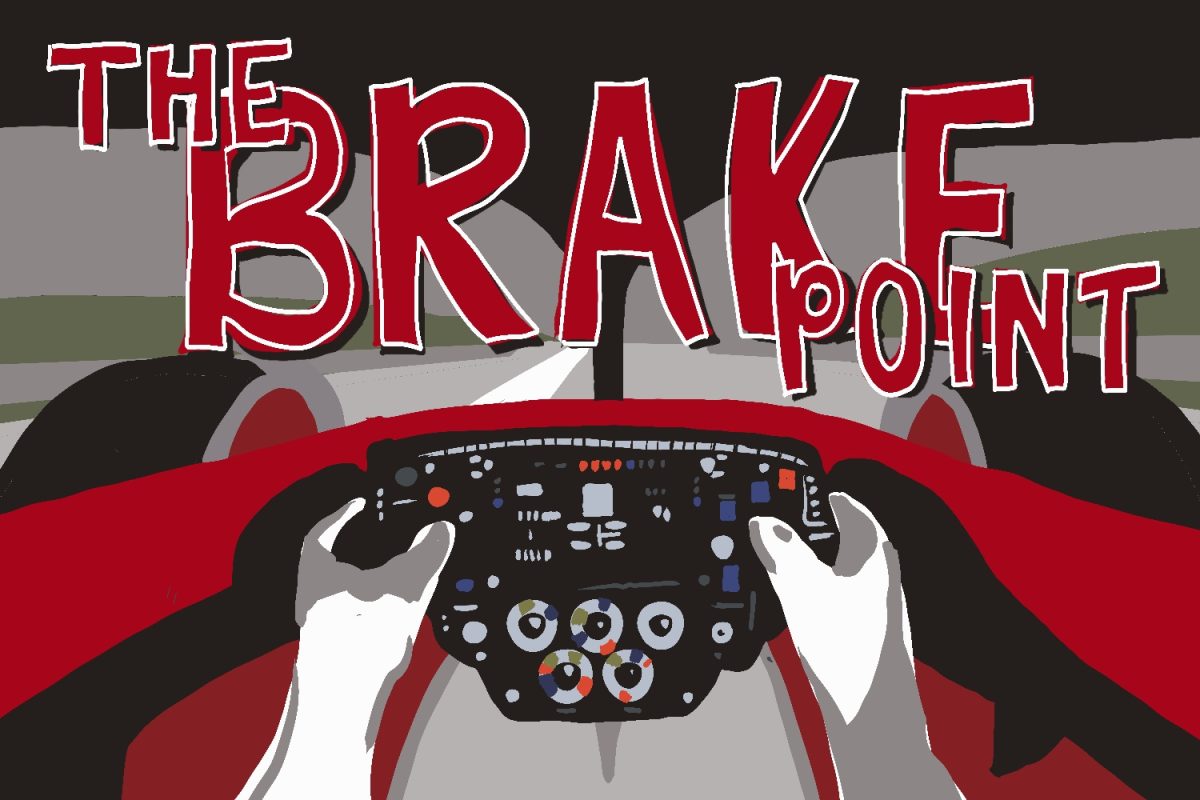








































































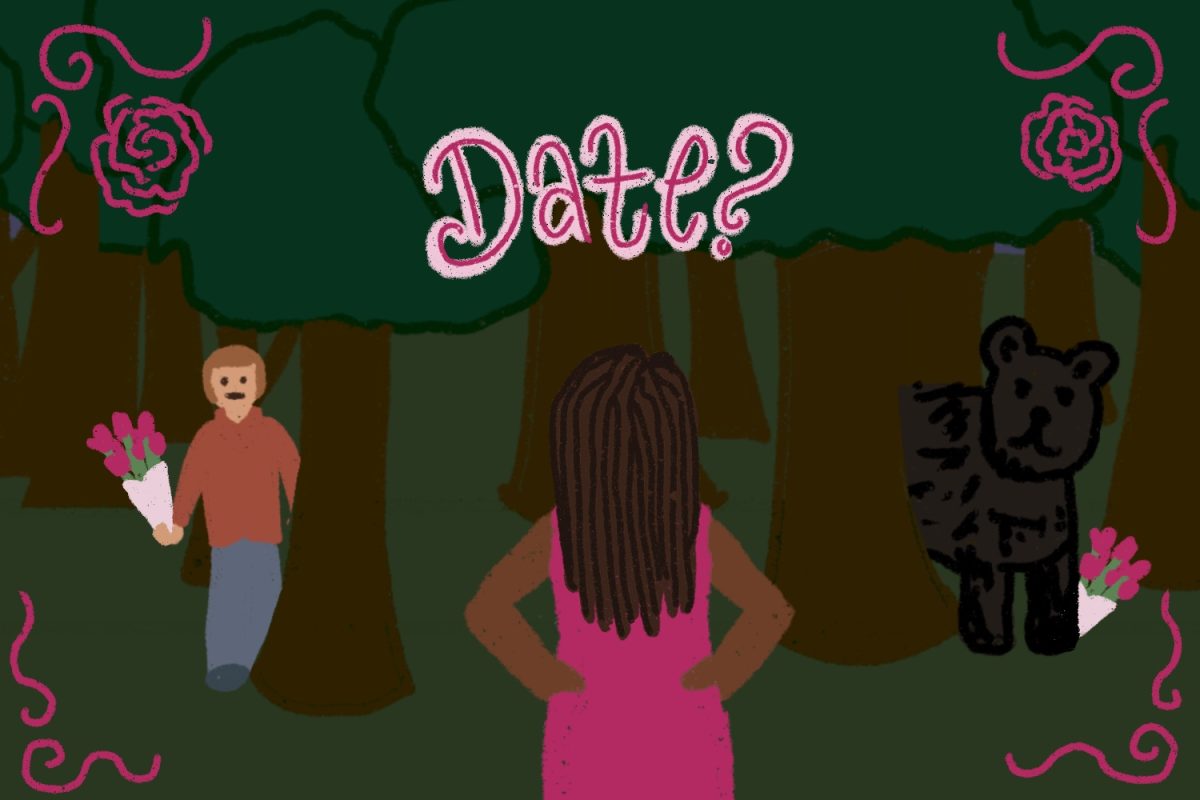
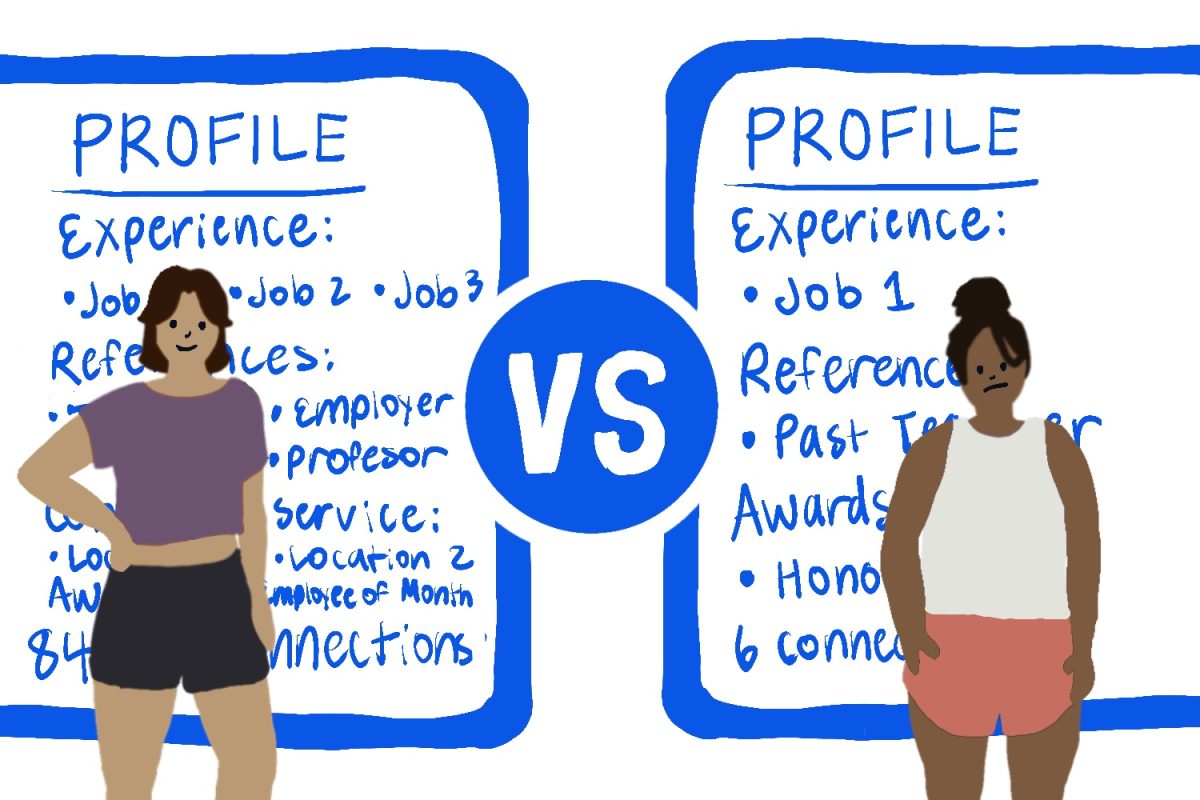

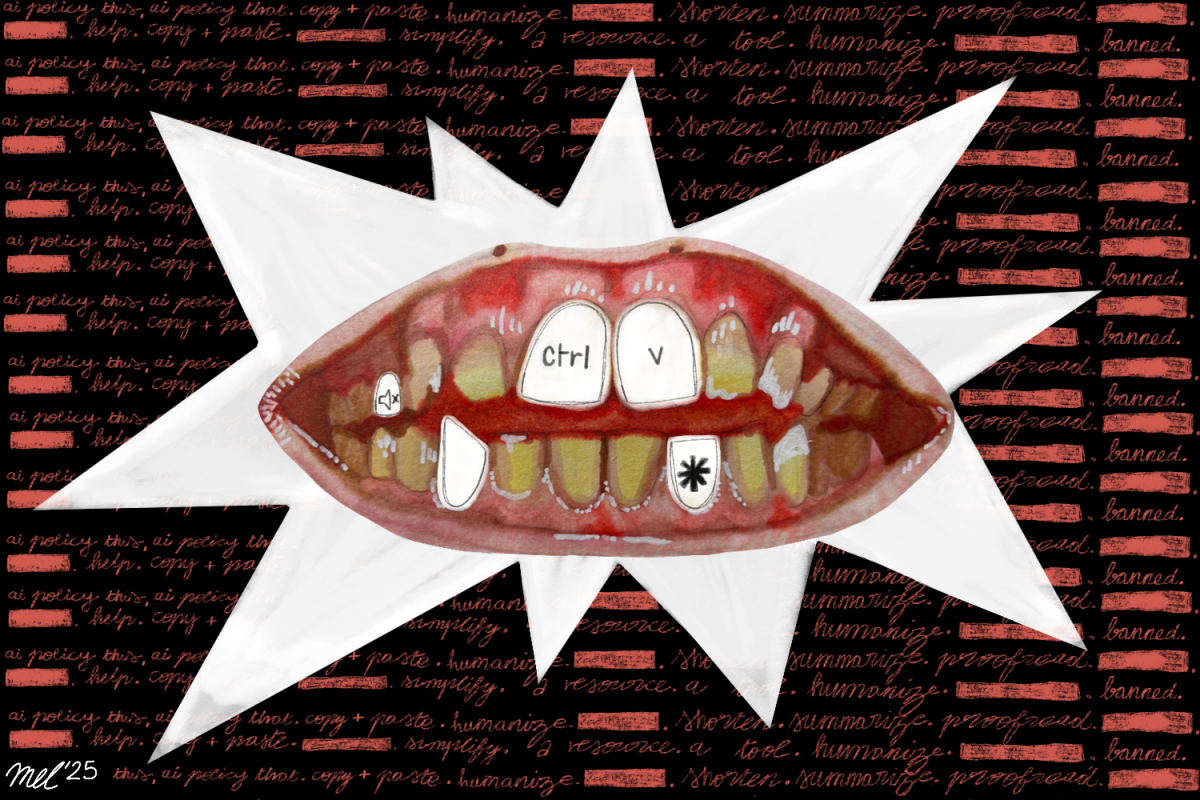
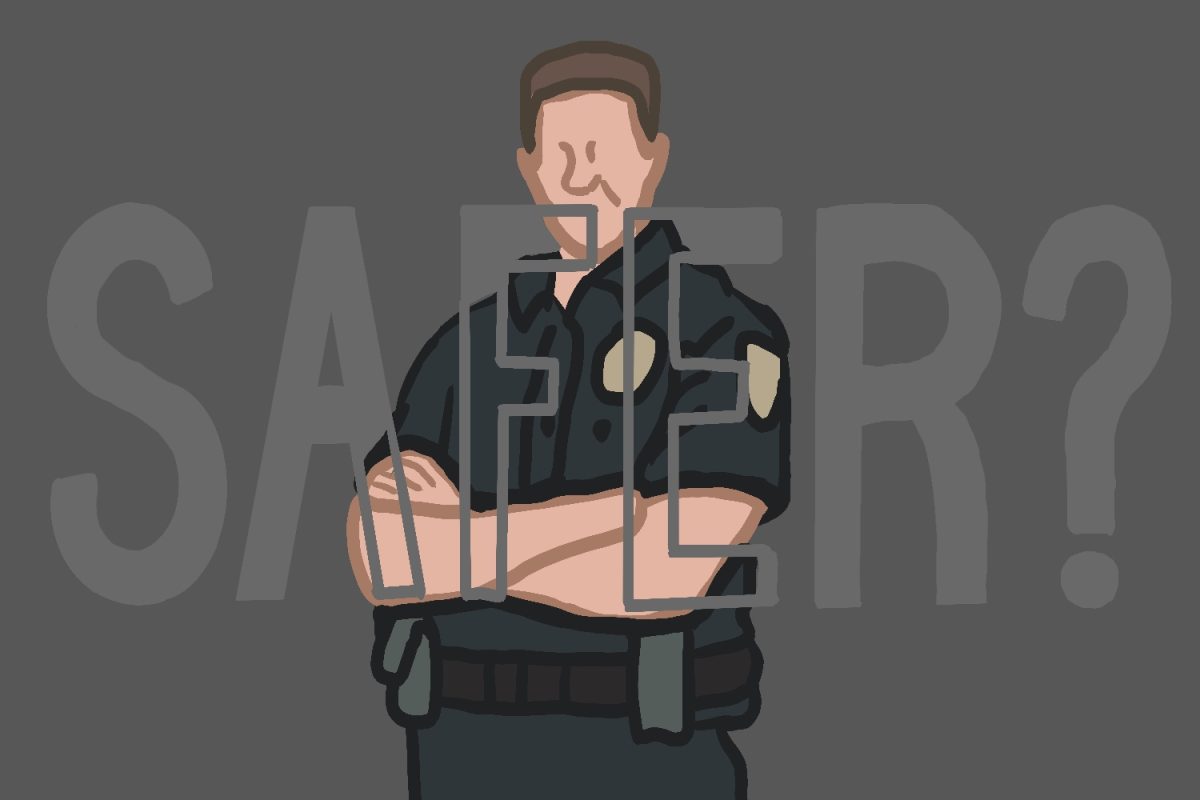
Luke • Nov 21, 2017 at 2:14 pm
Nicely written critique.
Couldn’t agree more about the monotone. The outbursts where Farrell drops the monotone, while well-acted seem like a failure from a directorial standpoint? So his character is always capable emotion? Why is the only emotion he’s able to express other than deadpan is absolute rage?
Barry Keoghan absolutely destroyed it. If it weren’t for him, this film would have nothing to show for it in the last two acts.